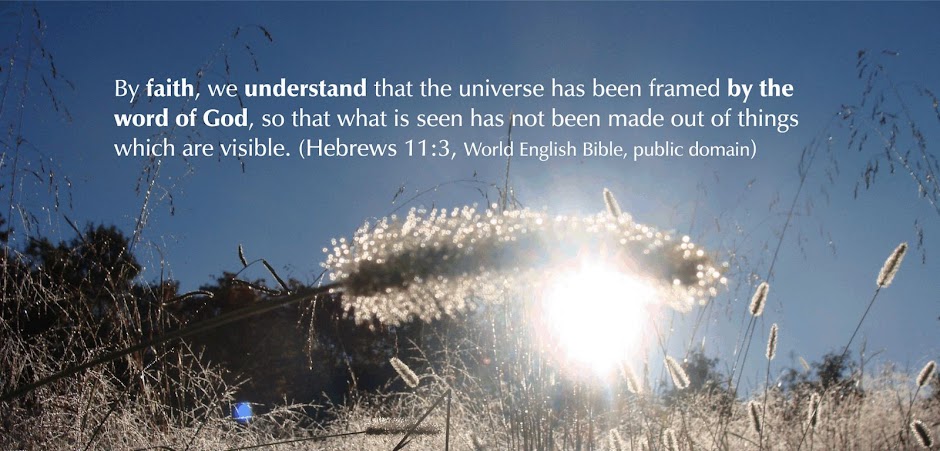I have explained that the fairy tales founded in me two convictions;
first, that this world is a wild and startling place, which might have been quite different, but which is quite delightful; second, that before
this wildness and delight one may well be modest and submit to the queerest limitations of so queer a kindness. But I found the whole modern
world running like a high tide against both my tendernesses; and the shock of that collision created two sudden and spontaneous sentiments, which I
have had ever since and which, crude as they were, have since hardened into convictions. First, I found the whole modern world talking scientific
fatalism; saying that everything is as it must always have been, being unfolded without fault from the beginning. The leaf on the tree is green
because it could never have been anything else. Now, the fairy-tale philosopher is glad that the leaf is green precisely because it might have
been scarlet. He feels as if it had turned green an instant before he looked at it. He is pleased that snow is white on the strictly reasonable
ground that it might have been black. Every colour has in it a bold quality as of choice; the red of garden roses is not only decisive but
dramatic, like suddenly spilt blood.
Orthodoxy, first published in 1908, by G. K. Chesterton, is in the public domain, and available from Project Gutenberg. The previous post in this series is here.
Thanks for reading! Read Chesterton.

Musings on science, the Bible, and fantastic literature (and sometimes basketball and other stuff).
God speaks to us through the Bible and the findings of science, and we should listen to both types of revelation.
The title is from Psalm 84:11.
The Wikipedia is usually a pretty good reference. I mostly use the World English Bible (WEB), because it is public domain. I am grateful.
License
I have written an e-book, Does the Bible Really Say That?, which is free to anyone. To download that book, in several formats, go here.

The posts in this blog are licensed under a Creative Commons Attribution-NonCommercial-ShareAlike 3.0 Unported License. You can copy and use this material, as long as you aren't making money from it. If you give me credit, thanks. If not, OK.

The posts in this blog are licensed under a Creative Commons Attribution-NonCommercial-ShareAlike 3.0 Unported License. You can copy and use this material, as long as you aren't making money from it. If you give me credit, thanks. If not, OK.
Sunday, March 29, 2015
Excerpts from Orthodoxy, by Gilbert K. Chesterton, 16
Labels:
Chesterton,
color,
fairy tales,
G. K. Chesterton,
leaves,
Orthodoxy,
roses
Subscribe to:
Post Comments (Atom)
No comments:
Post a Comment